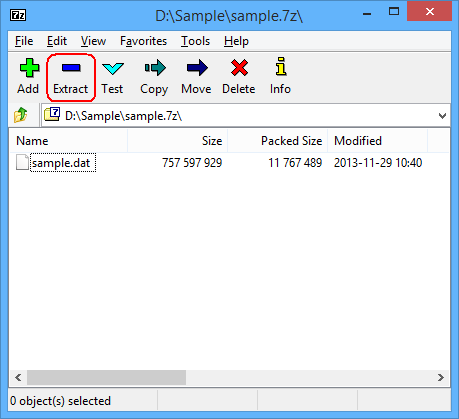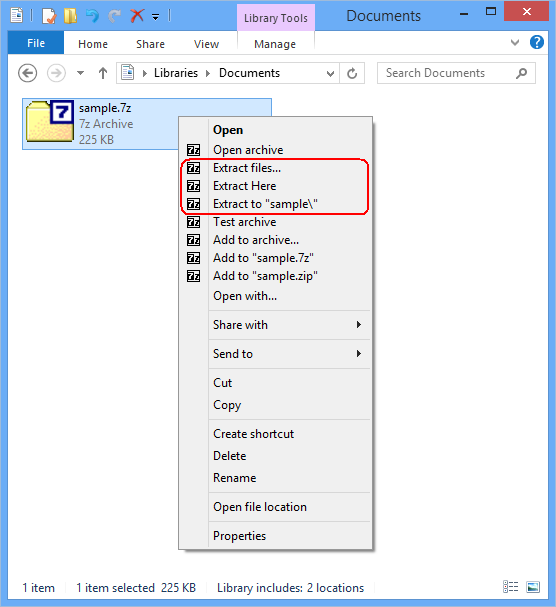Open/Extract TAR File with Freeware on Windows/Mac/LinuxTAR (Tape ARchive) is both a file format (in the form of a type of archive bitstream) and the name of a program used to handle such files. The format was created in the early days of Unix and standardized by POSIX.1-1988 and later POSIX.1-2001. Initially developed to write data to sequential I/O devices for tape backup purposes, tar is now commonly used to collect many files into one larger file for distribution or archiving, while preserving file system information such as user and group permissions, dates, and directory structures. A tar archive consists of a series of file objects. Each file object includes any file data, and is preceded by a 512-byte header record. The file data is written unaltered except that its length is rounded up to a multiple of 512 bytes. The original tar implementation did not care about the padding and left the buffer unaltered, but most modern tar implementations fill the extra space with zeros. The end of an archive is marked by at least two consecutive zero-filled records. (The origin of tar's record size appears to be the 512-byte disk sectors used in the Version 7 Unix file system.) The final block of an archive is padded out to full length with zeros.
The tar format continues to be used extensively in Unix, Linux and OS X. Linux versions use features prominently in various software distributions, with most software source code made available in .tar.gz (gzip compressed tar archives). The tar format is a basis of some types of containment and distribution. tar archive files usually have the extension .tar, as in somefile.tar. The pun, tarball, is used to refer to a tar file. A tar archive file contains uncompressed byte streams of the files which it contains. To achieve archive compression, a variety of compression programs are available, such as gzip, bzip2, xz, lzip, lzma, or compress, which compress the entire tar archive. Typically, the compressed form of the archive receives a filename by appending the format-specific compressor suffix to the archive file name. For example, a tar archive archive.tar, is named archive.tar.gz, when it is compressed by gzip.
Open/Extract TAR File on WindowsTo open/extract TAR file on Windows, you can use 7-Zip, Easy 7-Zip, PeaZip, and so on. I recommend Easy 7-Zip. The Easy 7-Zip is an easy-to-use version of 7-Zip. The open source freeware keeps all features of 7-Zip and adds a few useful features that makes the software more user-friendly. Easy 7-Zip works on Windows 10/8.1/8/7/Vista/2008/2003/XP/2000 (both 32-bit and 64-bit compatible).
 You will see files or folders within the TAR file then, click button Extract to extract the TAR file.  And then, choose Extract files..., Extract Here, or Extract to "folder\" to extract the TAR file.
Easy 7-Zip Download Links:
Open/Extract TAR File on MacTo open/extract TAR file on Mac, you can use Mac OS built-in utility Archive Utility, or third-part freeware. For example: GUI Tar, The Unarchiver, Keka, or B1 Free Archiver. B1 Free Archiver is recommended. B1 Free Archiver is a free software for creating archive folder and extracting archive file. B1 Archiver works on all platforms - Windows, Linux, Mac and Android. The freeware supports most popular formats including TAR. B1 Free Archiver is compatible with:
Open/Extract TAR File on LinuxYou need to use command tar. The tar is the GNU version of tar archiving utility. To extract/unpack a tar file, type:
To extract/unpack a .tar.gz (gzip) file, type:
To extract/unpack a .tar.bz2 (bzip2) file, type:
Copyright © 2013-2017 James Hoo All rights reserved. |
